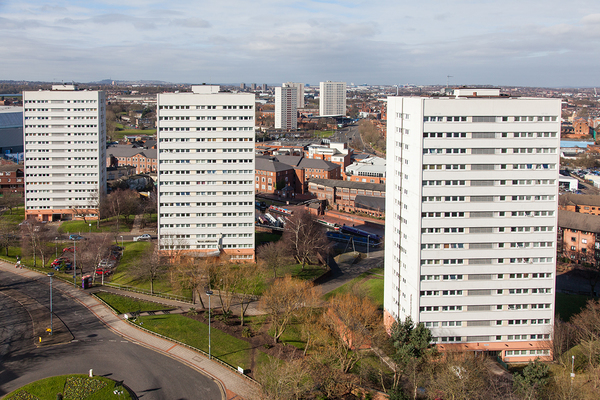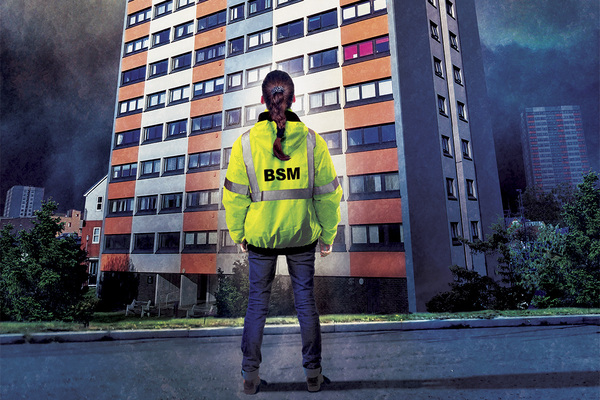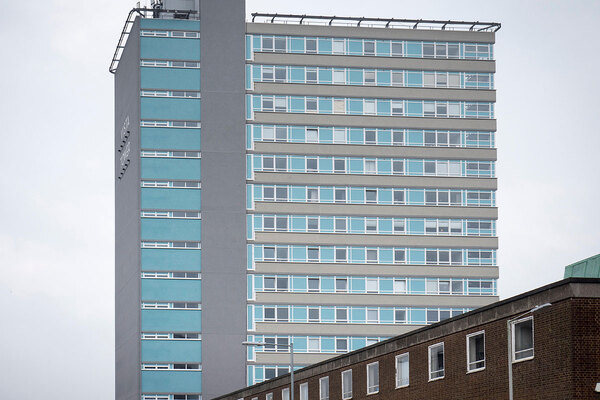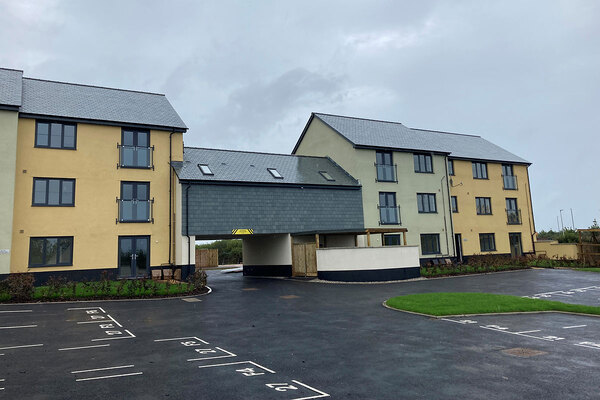The role of fire alarms in building safety
The Building Safety Bill will introduce a new building safety manager role. Andy Scott from C-TEC explains what this means for social landlords and how fire alarm technology could play an important part
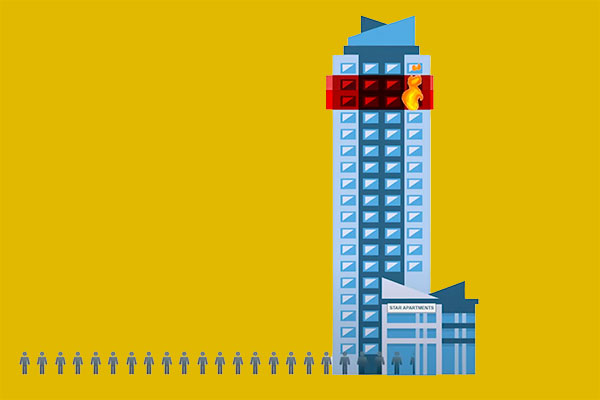
In association with:

The white paper has stated that landlords which have high-rise blocks that are taller than 18 metres or six storeys high will need to recruit a building safety manager. Can you explain why these roles will be so important to the sector, and what will be expected of them?
The accountable person will be legally responsible for assessing and managing fire and structural risks in high-rise residential buildings under their control.
The draft Building Safety Bill legislation says that they will have to appoint a building safety manager to help with the practical side of doing that for each of their properties that are taller than 18 metres or six storeys.
In densely populated areas such as a city, this means you might have one person covering a series of properties.
Day-to-day, the building safety manager will need to ensure the building is safely managed and promote the openness, trust and collaboration with residents that is necessary to keep buildings safe.
What do you see as some of the main challenges a building safety manager may face?
The early stages of the role are likely to involve making sure that remediation is carried out effectively. However, there are about 8,000 fires per year in flats in England [according to government figures gained from data received from fires attended by the fire and rescue service in 2019/20], so fires will still occur, which will obviously present challenges.
The accountable person, for instance, will need to show that due process was followed in the event of a fire, so recording and analysing events such as service visits and user tests will become an important and complex part of the building safety manager’s role.
It will also be important for them to understand what happens when a fire is reported in a high-rise residential building so that they can ensure the building is safely managed as part of their day-to-day function, as well as being able to effectively communicate this process to their tenants.
Andy Scott is projects director at C-TEC, one of the UK’s leading manufacturers of life safety systems. He is also chair of the UK committee responsible for standards for fire alarm devices and sits on several other BSI, CEN and ETSI committees.
Mr Scott is currently working on projects to improve safety in high rises.
With that in mind, what will a building safety manager need to know when a fire is reported in a high-rise residential building?
It takes the fire and rescue service on average nearly eight minutes to arrive at a fire in urban areas [as found by government research undertaken in 2018/19 in England].
If they are dealing with a house fire, they can start to put water on the fire, but it can take much longer to get water on fires in high-rise buildings, increasing the likelihood of serious injury or death.
There are several things at play here and it is important to understand that the fire and rescue service must identify the source of the fire and follow procedure to prepare to tackle the blaze, all of which takes time – around 20 minutes.
If the fire and rescue service breaks down the door of a flat to put out a fire, smoke – which contains toxic gases such as carbon monoxide and hydrogen cyanide from synthetic materials – will be released into the corridor, putting at risk any residents of adjacent flats who have not already left.
Lastly, dry risers are often in stairwells [this is a pipe that the fire service can attach to a pressurised water source], so the fire and rescue service will wedge the doors open and toxic smoke can travel into the stairwell, compromising the evacuation of higher floors.
How does fire alarm technology factor into the building manager role and what systems are currently available that could help with this?
In addition to helping safely evacuate buildings in the event of a fire, fire alarm technology could play an important part in helping building safety managers collect critical fire safety data around user testing or false alarms. This will help them demonstrate due process and could improve how they talk to residents about fire safety.
C-TEC has a ‘Grade C’ fire alarm system, which means it is linked to a fully monitored building-wide control system, which in turn is connected to both the internet and an alarm receiving centre.
This means if you disable one alarm or if one becomes faulty, the building safety manager would know if it’s not working or if someone had disconnected part of it because the system status is reported in the cloud.
Our system also has a simple low-level controller that is installed in each apartment, which means user testing can be done from floor level, which is essential for those with reduced mobility.
The controller monitors the fire detectors and has advanced multi-sensor technology, meaning activities that create steam, such as showering, will be ignored, while activities that create fumes, such as cooking, will alert the occupants of the flat but will not signal outside.
In the event of a real fire, a signal is sent direct to a permanently manned alarm receiving centre, who can then contact the fire and rescue service and the building safety manager.
At the same time, flats in the same corridor as the fire can be alerted to evacuate. However, other residents are not alerted so can stay put unless the fire and rescue service subsequently decides that they are also at risk.
When the fire and rescue service arrives, they can see the location of the fire and whether smoke is affecting other flats or escape routes, saving valuable time.
Analysis of data from the system can show how often user tests are carried out and that false alarms are under control – and most importantly, that confirmed alarms are due to a real fire.
It is also possible to identify occupants who are not testing their system, for example, or who have regular false alarms, perhaps because they are living with dementia, which could be a vital tool to boosting resident communication on fire safety.
In numbers
8,000
Number of fires per year in flats in England, according to 2019/20 government figures
8
Minutes on average it takes for fire and rescue service to arrive at a fire in urban areas in England, according to 2018/19 government research
What are some of the wider benefits of this technology?
There are many. I would say it is neater, there are less intrusive fire detection devices, and then there is the ease of testing and increased confidence. In addition, there is the peace of mind that problems that do occur will be picked up by the building safety manager and dealt with in a timely manner. And, if the worst should happen and a fire starts, early warning will allow them to leave their flat if necessary.
Lower frequency sounders are also much more likely to be heard through doors and walls and to wake those with hearing impairments, such as older people, and fault monitoring means that maintenance can be targeted where it is needed.
The system’s internet connection can also be used to allow maintenance contractors to check the system remotely and make sure that service visits are effective.
